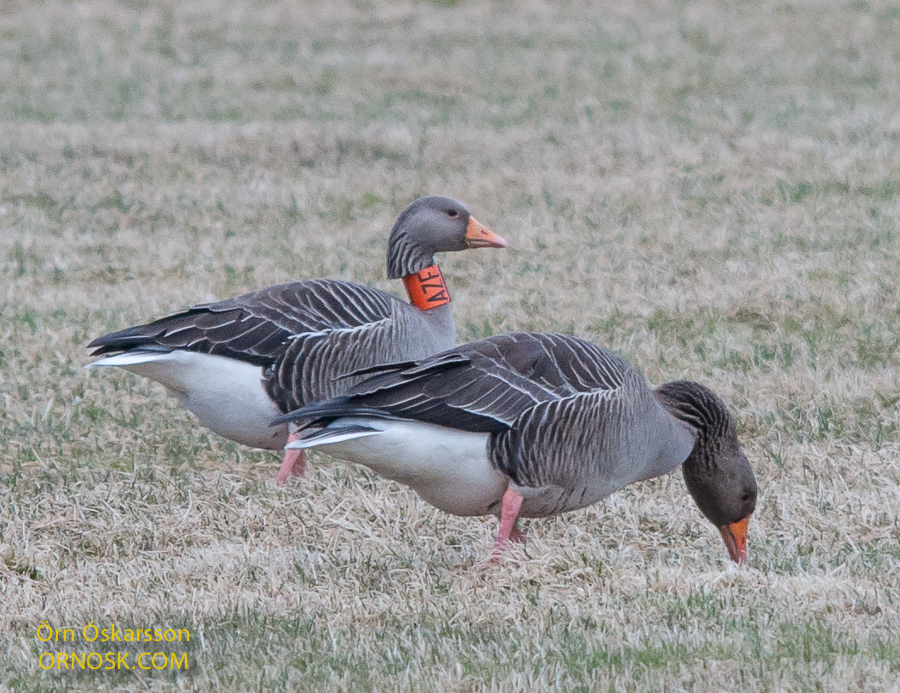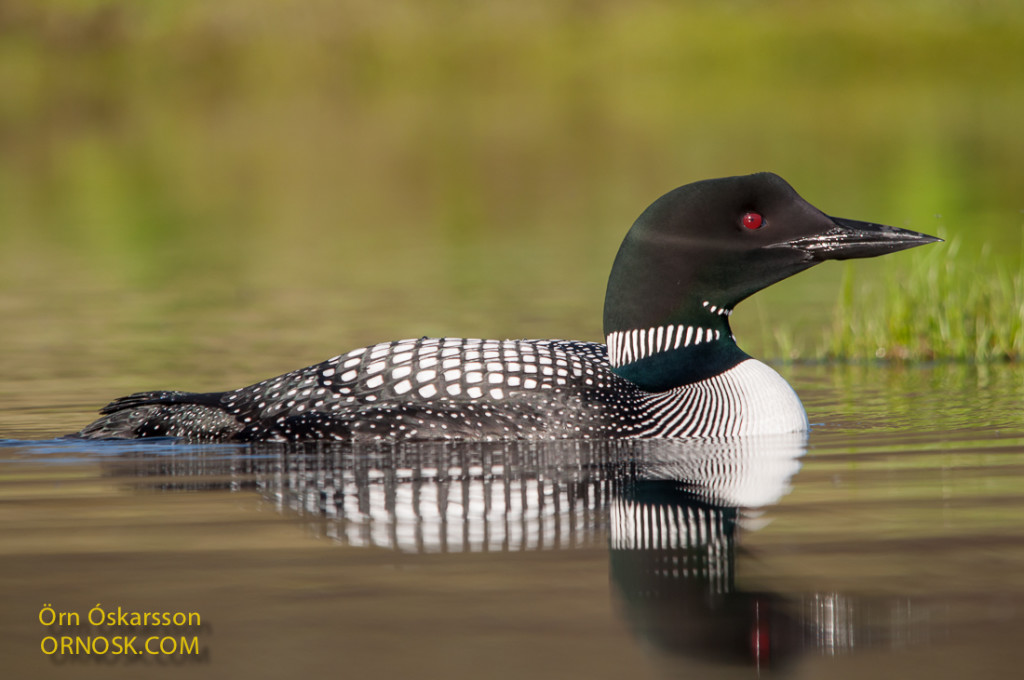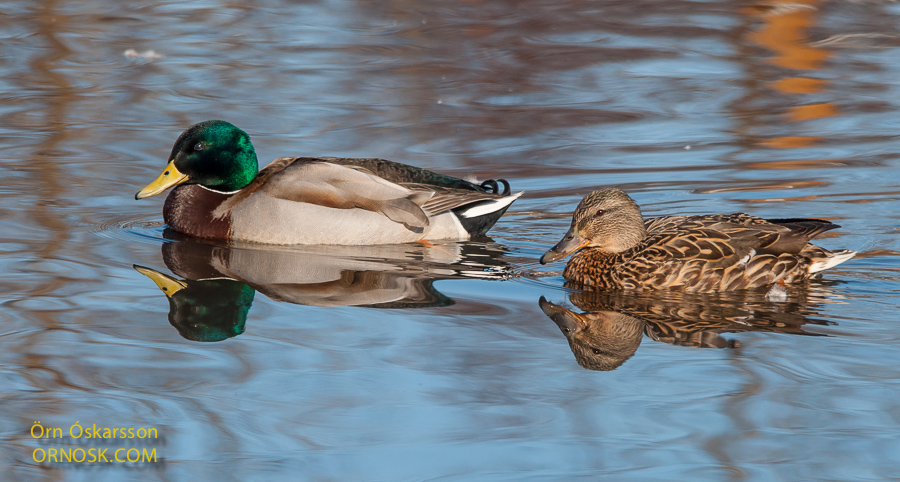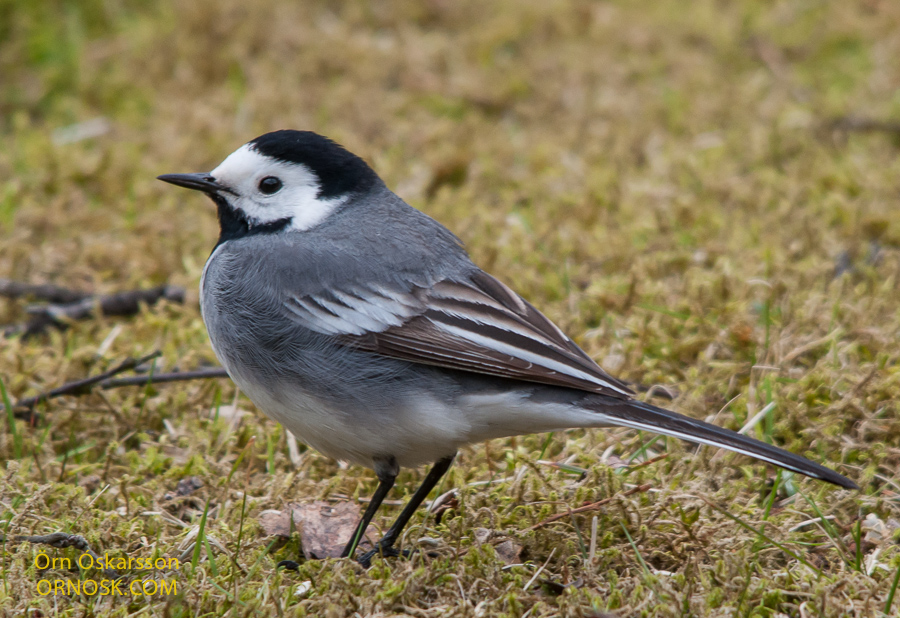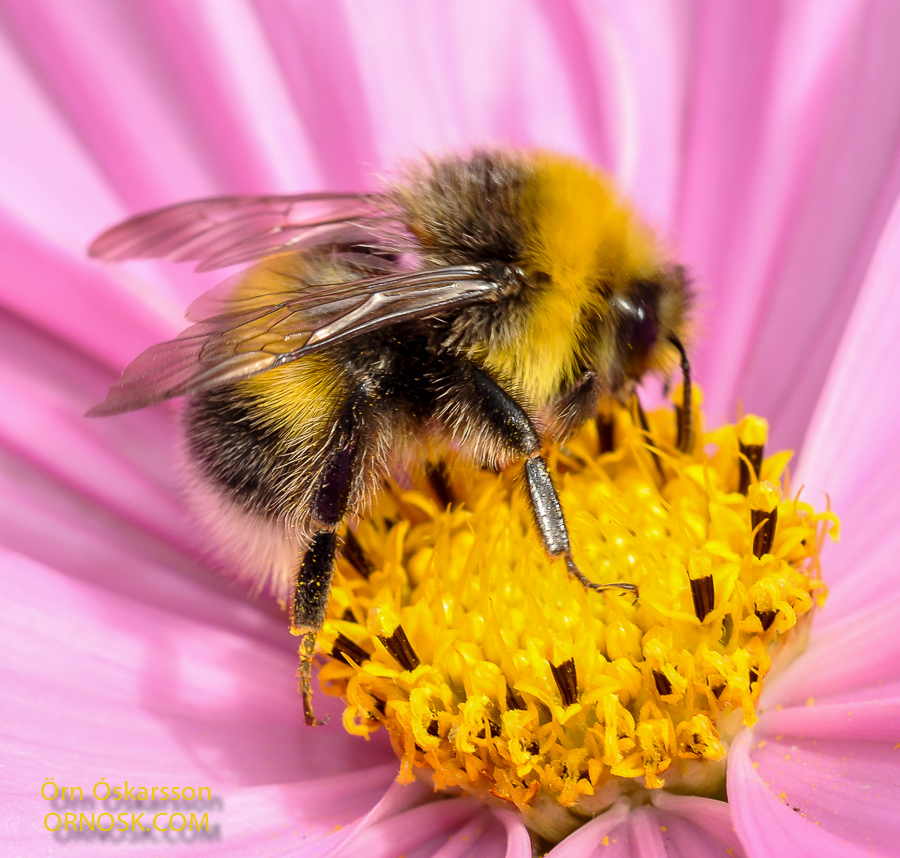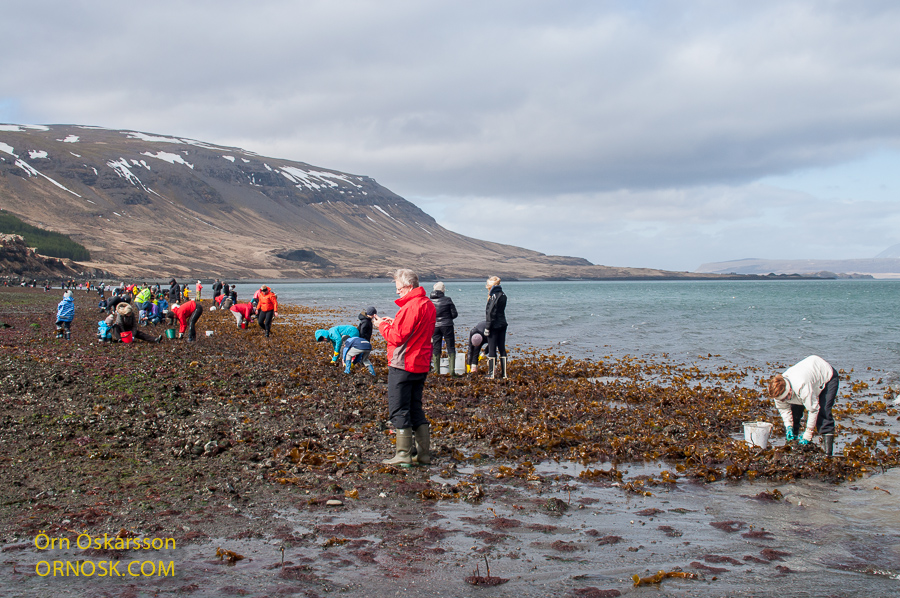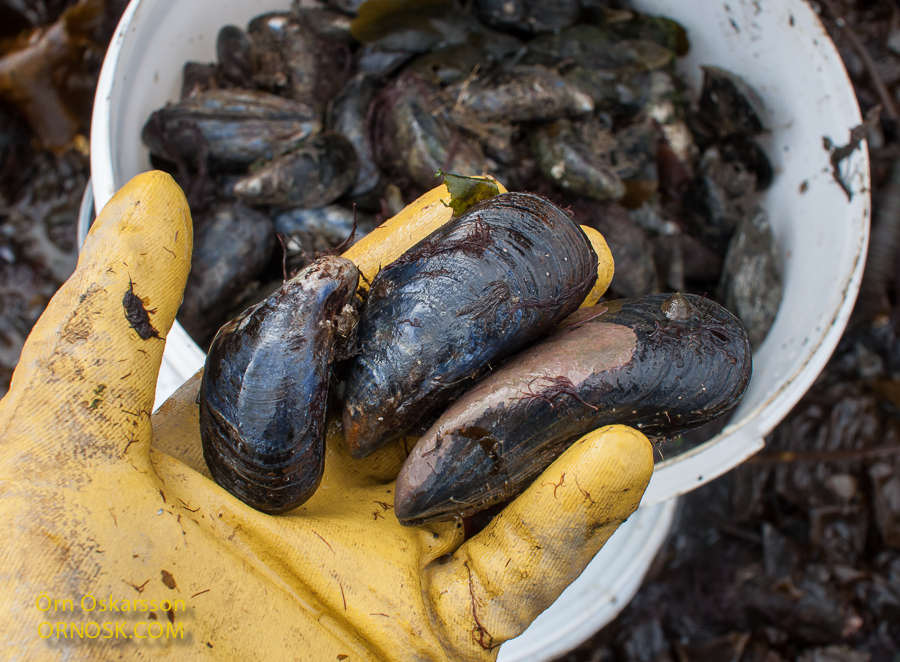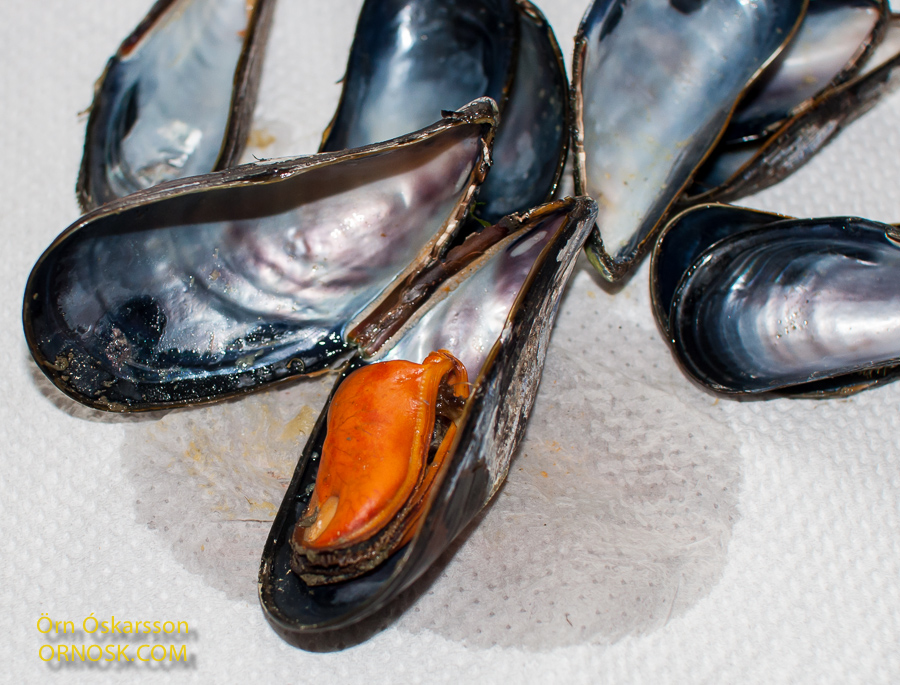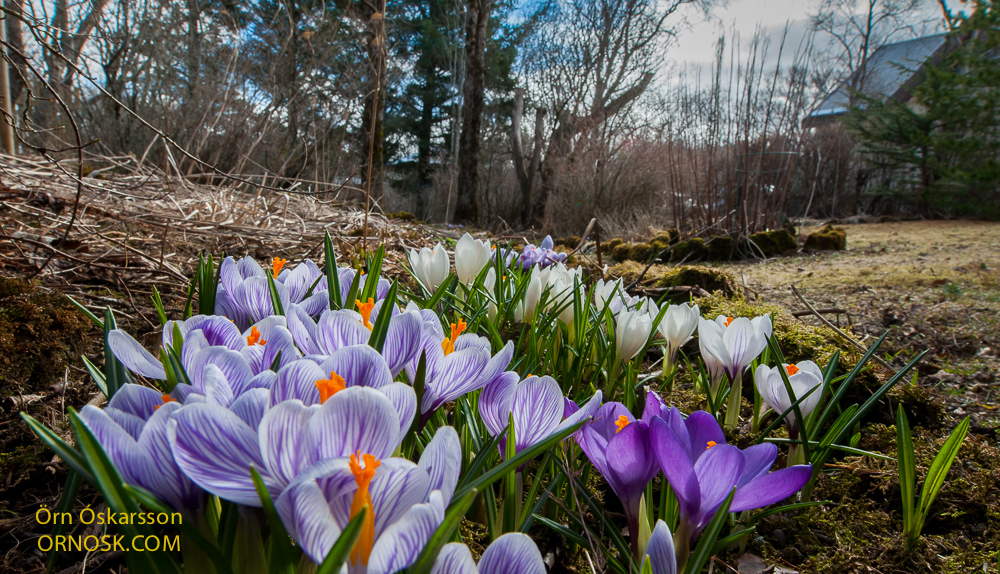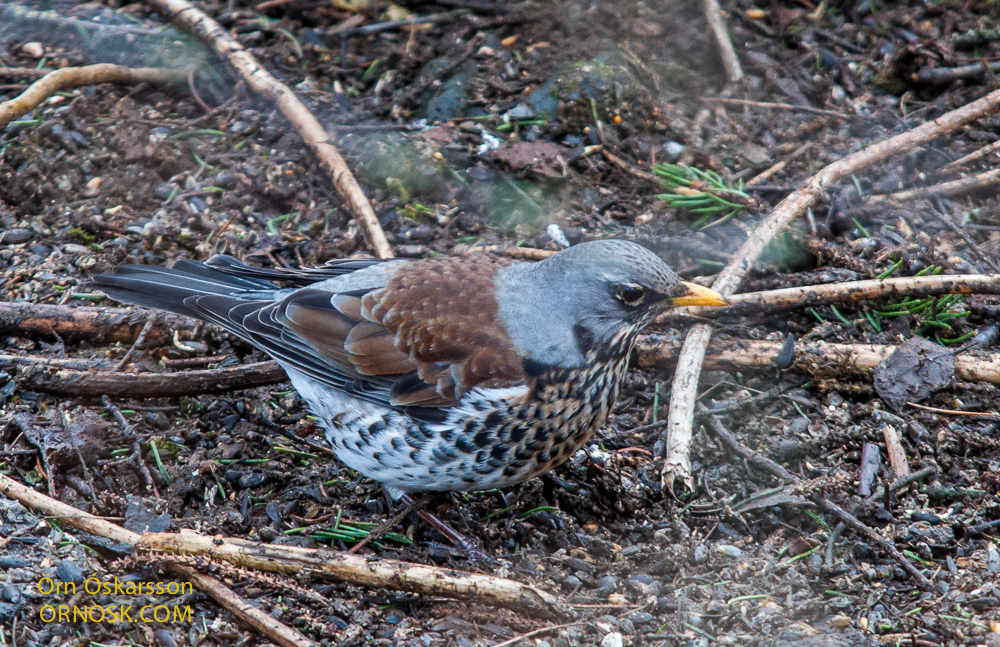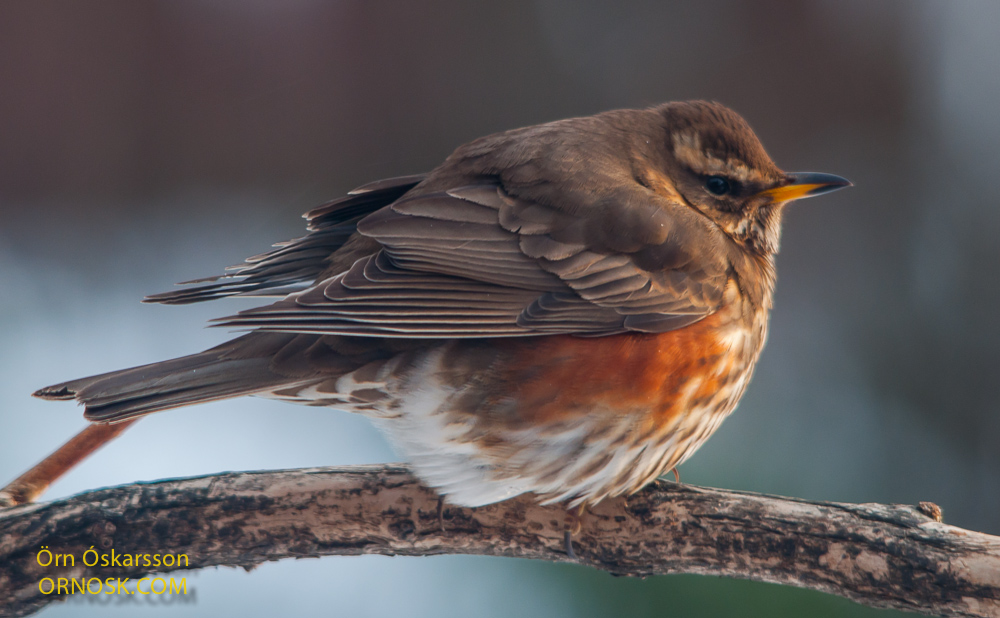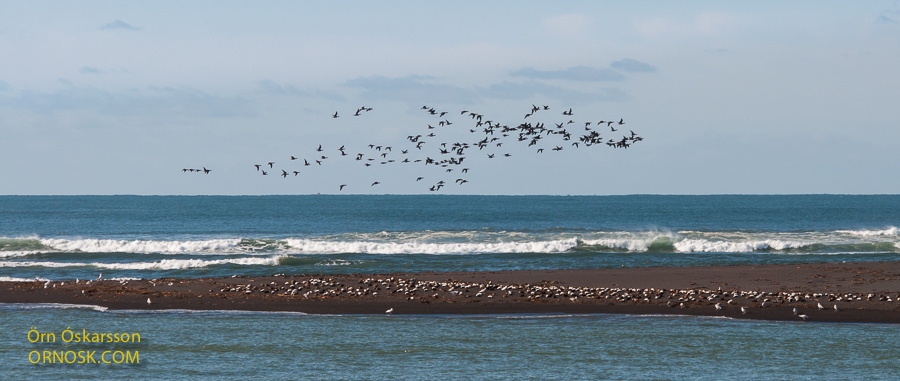
Today Icelanders celebrate the coming of summer – it is the First Day of Summer. Can you believe it? Here in the North where the weather forecast predicts frost, and snow in the north of the country, we are all hyper optimistic and wishing each other a good summer. The folk lore says that if there is frost the night before the First Day of Summer, winter and summer freeze together, and the summer will be a good one. This happened tonight. Statistics, on the other hand, tell us that this is not correct. But this we close our ears to.
The photo was taken this morning of Brent Geese and Eiders by Ölfusá River- mouth. Brent Geese are now arriving in huge flocks, having flown over the Atlantic from their winter grounds in the British Isles. Here they have a stopover on their way to their summer grounds in North Canada.

